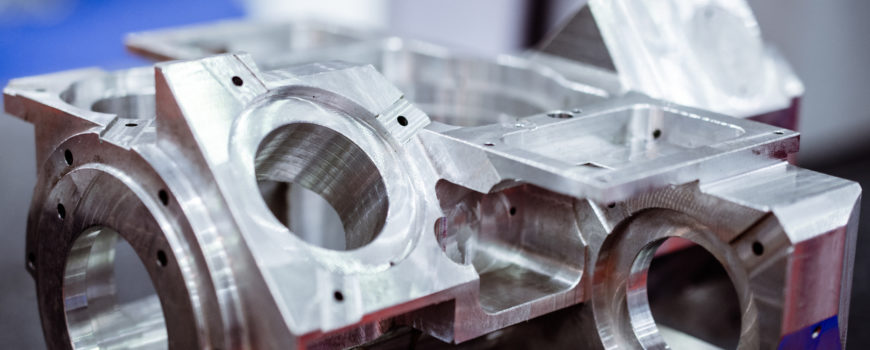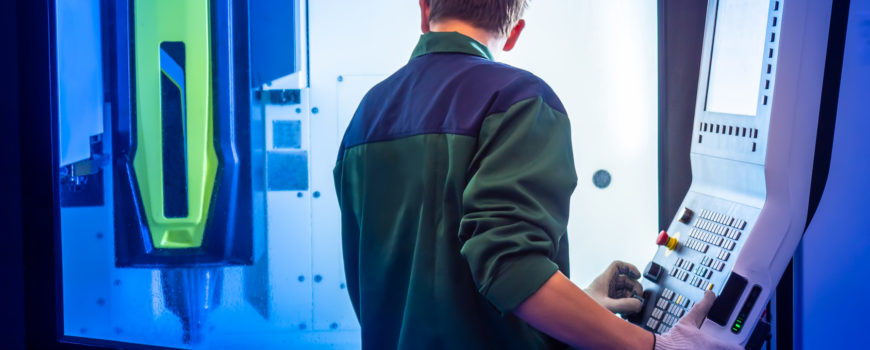Safety in the workplace is important no matter what line of work someone is in, but in the cnc manufacturing industry, it’s one of the most important factors. Manufacturing, with its heavy-duty equipment, long hours, and endlessly tight deadlines supporting other industries around the world, can be extremely dangerous if the necessary safety precautions aren’t taken by staff and the managers.
Here’s what manufacturers and CNC manufacturing employees should keep in mind to ensure safety in the workplace.
Ensure Everyone Gets the Same Safety Training
One of the most common causes of injury in the workplace is not adhering to safety procedures designed to keep workers safe. Workers may disregard the rules, forget them after a period of work without being reminded of them, or may never even have been taught them in the first place.
To ensure workers are following safety regulations that will keep them safe, hold regular training courses on how to safely use and handle different machines and hazardous materials in the company and have supervisors watch to ensure workers are following the facility’s protocols.
Wear Safety Gear
Stories of gruesome injuries, disfigurement, and even death from lack of safety equipment have cropped up in countless stories over the years. Sometimes a pair of safety goggles are the only thing standing between a manufacturing facility employee and permanent blindness, and the risk of injury from lack of safety equipment usage is one that can be remediated with minimal expense.
To minimize the risk of injury from improper safety gear usage, all employees should undergo basic safety training, and supervisors should perform routine checks to ensure employees are wearing their safety equipment as instructed. Any safety gear with replacement dates should have their expiration date cataloged so the cnc manufacturing facility can replace them.
Ensure There Are No Slip and Trip Hazards
Slick and otherwise hazardous floor conditions can be extremely dangerous for workers when they’re on the job. A fall can mean sprains, bruises, broken bones, and even muscular tears depending on the severity of the fall. If a worker is holding equipment when they fall, their injuries could be worsened. Because of this, it’s important for manufacturing companies to ensure there are protections in place to minimize the risk of falls in the facility.
To minimize the risk of falls, ensure that flooring in the necessary areas is equipped with non-slip mats. Non-slip sprays can also be applied to reduce the risk of falling, and workers can be outfitted with no-slip boots to further lower the risk. Any one of these would work well on its own, but a combination of the above can greatly reduce the number of falls in the cnc manufacturing facility.
Keep Emergency Exits Free and Clear
Because of the risk of fire and other incidents within a cnc manufacturing facility, it’s important for emergency exits to be free and clear, as well as explicitly labeled to ensure workers know where to go in the event of an emergency. Incidents in unregulated factories in the past have resulted in the deaths of hundreds of workers; these fatalities underscore the importance of having emergency evacuation routes and protocols in place should the worst ever happen.
To ensure clear and easy evacuations in the event of an emergency, clearly label emergency exits and consider marking the paths to them to ensure walkways remain clear at all times. Signs should be posted indicating that a hallway is part of an emergency route, and supervisors should regularly conduct checks to ensure those routes remain clear.
Eliminate Fire Hazards
There are a number of fire hazards present in any cnc manufacturing facility, and some are more subtle than an unspecialized eye could ever detect. Fires, which can destroy expensive equipment and injure or even kill workers, can come from a multitude of different places, so it’s important to prepare as needed to prevent and manage them. To prevent fires in your manufacturing facility, keep in mind these potential sources of fires:
- Combustible dust.
- Hot work.
- Flammable chemicals.
- Equipment and machinery malfunction.
- Electrical hazards.
Because of the number of ways a fire can break out, it can be difficult to prevent or reduce the risk of fires in a facility. Follow a regular cleaning schedule to prevent dust buildup, and enforce strict training and adherence to chemical storage and usage policies, as well as safety guidelines for when hot work is necessary. Equipment, machinery, and wiring should be inspected regularly to ensure all parts are in good working condition and all wiring is still workable with no risk of overloading circuits.
Store Hazardous Materials Safely
Hazardous material use and storage can be an overwhelming set of rules to learn. Hundreds or even thousands of chemicals may be used by a manufacturing facility on a regular basis, and though workers may not need to use them all, a single mistake can result in severe chemical burns or toxic gases leaking into the facility.
To ensure safe hazardous material storage and safety, ensure workers are thoroughly trained in the use of materials they will come into contact with, and keep various forms of documentation on hand to assist with storage regulations for every chemical that will see use. Additionally, ensure goggles, chemical aprons, gloves, and eye rinse stations are located wherever necessary to prevent or mitigate accidents.
Report to Your Supervisor if you See Anything
This is perhaps one of the most important safety protocols to keep in mind when you work as a CNC machinist. Sometimes safety standards get overlooked, and the supervisors in the facility may not be aware of them. When you know a safety hazard is present in your area of work, report it to your supervisor immediately before it can become a threat that endangers you or the lives of your coworkers.
Your safety is important. By being mindful of the risks and safety hazards present in a cnc manufacturing company, you can play your part in making your machine shop a happier and safer place for everyone.




